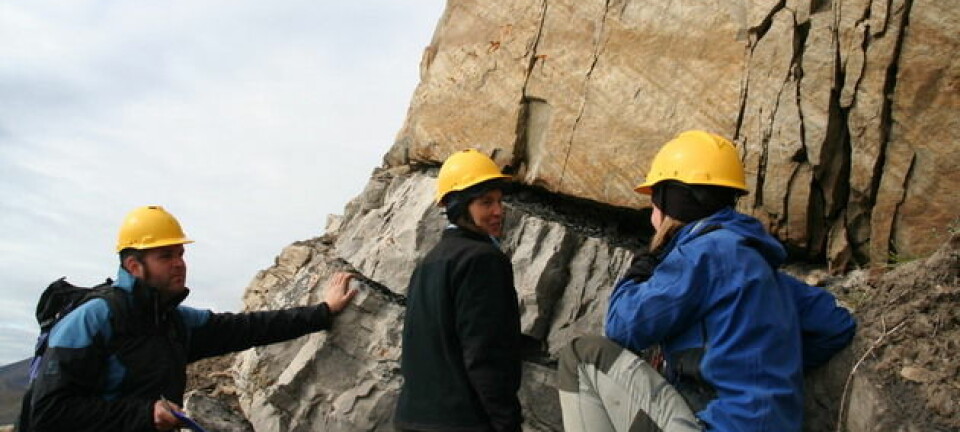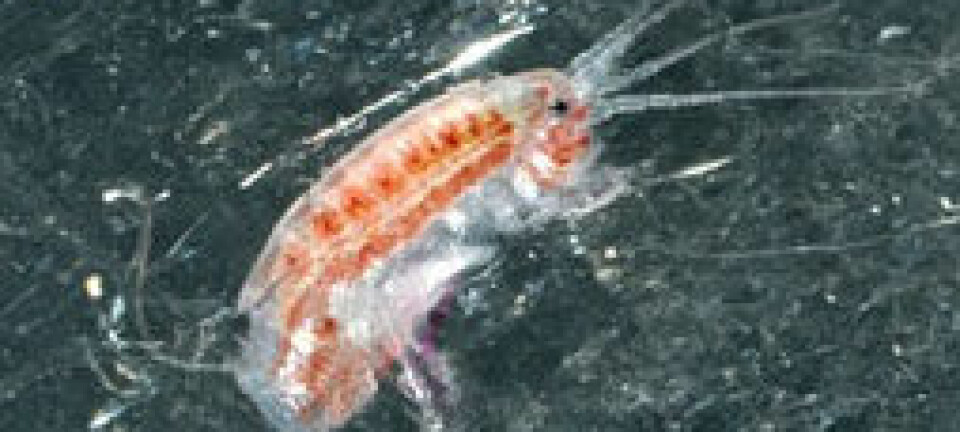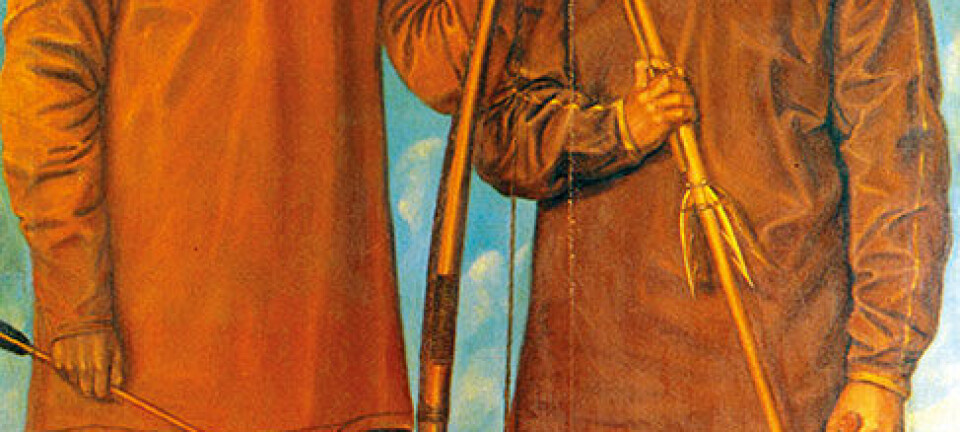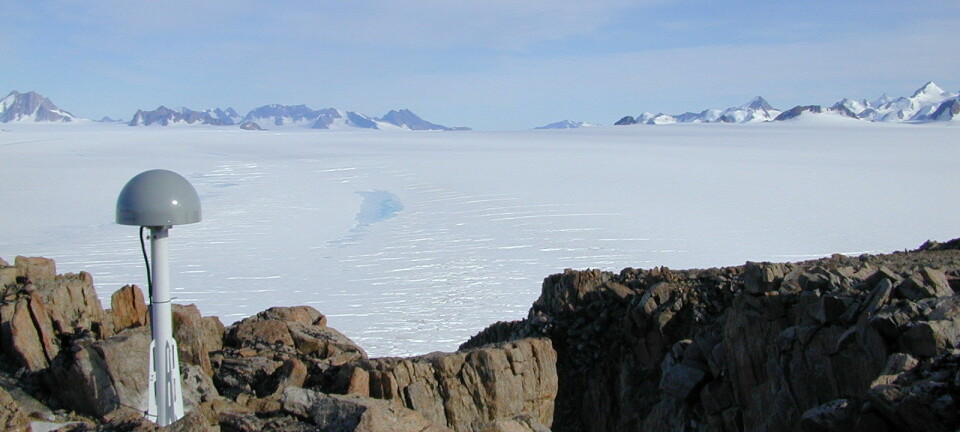An article from University of Oslo
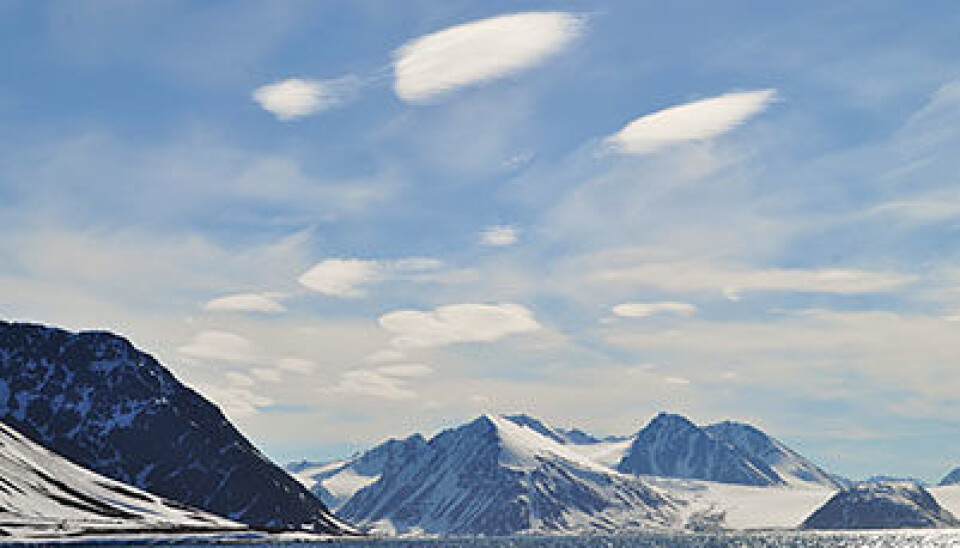
Researchers have great power in continental shelf battle
Geologists and other scientists have great power when limits are set for the continental shelf. Perhaps too much?
Denne artikkelen er over ti år gammel og kan inneholde utdatert informasjon.
There may be a storm in the Arctic when the demarcation of the continental shelf in these areas is to be determined.
“At worst if a storm blows up around the recommendations of the Commission on the Limits of the Continental Shelf (CLCS), this will weaken the States Parties’ trust in both the regulations and the Commission,ˮ says Øystein Jensen of the Faculty of Law at the University of Oslo.
The continental shelf is a submerged prolongation of a state’s continent. It consists of the sea floor and the ground beneath it, and extends out to sea all the way to a marked and much steeper shelf break that is called the continental slope.
Here the sea bed plunges to the deep ocean floor. The continental shelf itself may reach a depth of 500 metres.
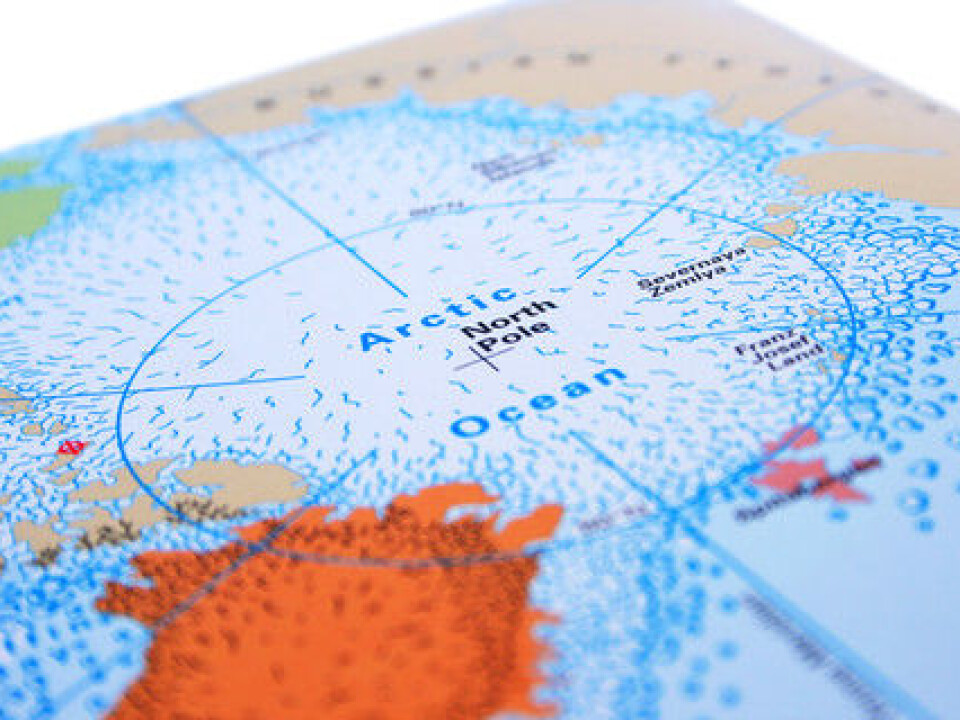
The continental shelf of a coastal state borders its land territory while the geographical outer limits extend to a minimum of 200 nautical miles off the coast.
In cases where the continental shelf continues further than 200 nautical miles and does not encroach on other states’ territorial claims, the state can have its limits extended, depending on where the shelf ends and the abyssal plain begins.
The outer limit is then determined geographically on the basis of recommendations from the CLCS.
The CLCS was established with legal authority sanctioned by the UN’s Convention on the Law of the Sea.
Recommendations on the Arctic will be decisive
There are large shelf areas in the Arctic, and the coastal states around the Arctic Ocean have the right to control their continental shelves. These states are Canada, Denmark/Greenland, Norway, Russia and the US.
These states are now in the process of compiling geological material in order to report to the Commission on where, in their opinion, the outer limit of their own continental shelf runs.
Norway has submitted its documentation, and received recommendations from the Commission in 2009; the recommended outer limits exceeded 200 nautical miles in the Norwegian Sea, the Barents Sea and the Arctic Ocean.
Canada and Denmark/Greenland will submit their documentation in the course of 2013 and 2014, and Russia will supplement material submitted to the Commission earlier.
“The ongoing process in the Arctic and northern areas is of decisive importance. It’s here the activities of the Commission will be visible in practice, and this may lead to trouble,ˮ Jensen asserts.
The Commission’s role is to make recommendations, and the recommendations of the geologists and scientists on the Commission are of considerable legal importance.
“Any disagreement between the states and the Commission will cause problems. If, as a result, states lose confidence in the process, this may weaken the political legitimacy of the regulations and the Commission.”
Questions about the Commission’s power and composition
In his doctoral thesis, Jensen first presents a law-based profile of the Commission as a decision-making body. Then he directs focus towards its normative legitimacy, i.e. what rules should apply to the Commission’s procedures and composition.
And it is precisely here that the researcher points out an imbalance.
“Perhaps such a commission is essential, but the question is whether it should have such wide jurisdiction, whether it should have a different composition, and whether the rules of procedures should be different – so that for example it would be possible to appeal to a superior body against the ‘recommendations’ given by the Commission.”
“If you are to interpret a treaty, perhaps you should also have legal competence,” says Jensen.
Major legal consequences
The CLCS consists of 21 experts in the fields of geology, geophysics and hydrology.
However, the Commission is not just an advisory and scientific expert body. Its functions and tasks are of a pronounced legal nature. In the view of the researcher, the Commission’s recommendations to the coastal states have major legal consequences.
“If a state doesn’t adopt the recommendations, the outer limits established by the coastal states will not have ‘final and binding’ force, to use the wording of the Convention itself.
he Commission is a kind of international administrative body – an institution that is not primarily engaged in legislation or dispute resolution.”
“There’s a growing number of this kind of hybrid body for treaties governed by international law. But the Commission also appears to be a unique legal structure since it’s scientists who make the decisions,” Jensen declares.
“This is unusual: scientists normally advise decision makers. But when the outer limits beyond 200 nautical miles are to be established according to the Convention, it’s geologists and other scientists with no formal legal qualifications who interpret and apply the provisions of the treaty.”
“When we consider the major legal consequences that the Commission’s recommendations will have according to the rules on interpreting the treaty in international law, we must ask whether the intention when this body was established really was to give the scientific experts so much power.”
Who should have access to the natural resources?
The establishment of the outer limits of the continental shelf largely concerns who should have access to the potentially enormous natural resources such as petroleum and gas.
Beyond the outer limits of the continental shelf there is little likelihood of finding commercially exploitable resources due to the thickness of the sediment, and in any case accessing such resources would be very demanding technically. Nevertheless, according to the researcher, such technology is under development.
During the process of establishing the outer limits of the continental shelf, technologically-advanced states with a broad continental shelf, such as Norway, are interested in placing the outer limits as far out to sea as possible in order to gain access to as much of the resources as they can.
In contrast, non-coastal states or those with advanced petroleum technology are perhaps more interested in preventing a constant expansion of the rights of individual states to larger and larger submarine areas.
These states would prefer to safeguard the ocean floor and the area outside national jurisdiction for joint exploitation to benefit the whole of mankind.
The ocean floor which the Commission concludes lies outside the Convention’s continental shelf regime, is mankind’s common heritage and shall be administered by the UN’s International Seabed Authority.
--------------------
Read the Norwegian version of this article at forskning.no








